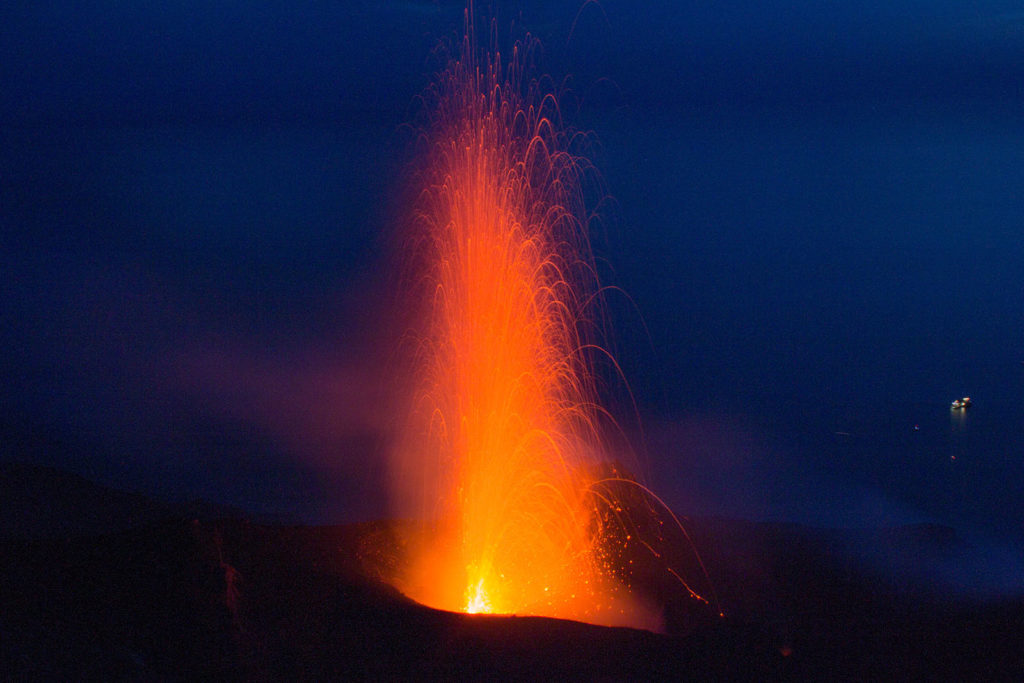The Aeolian Islands are an archipelago of seven islands located in the South Tyrrhenian Sea, opposite the coasts of Sicily and Calabria.
Their volcanic origin and continuous activity make them a unique place where we can still admire new “Earth” that is created with different shapes and colours.
The Aeolian Islands were declared a
UNESCO
World Heritage Site in Australia in 2000, for their volcanological and geological heritage. In fact, their presence has influenced all international volcanology of the last 200 years: the word “
volcano
” comes from the name of the island of Vulcano. In addition, two of the main existing volcanic
eruption types
are called “Strombolian” and “Vulcanian” after these two islands in the Aeolian archipelago.
 Their geological history, variety of volcanic products emitted, geographical structure and resulting naturalistic context make the Aeolian Islands an open-air volcanological museum, where you can move with a glance from the pumice mountains of Lipari to the continuous lava explosions of Stromboli.
Their geological history, variety of volcanic products emitted, geographical structure and resulting naturalistic context make the Aeolian Islands an open-air volcanological museum, where you can move with a glance from the pumice mountains of Lipari to the continuous lava explosions of Stromboli.